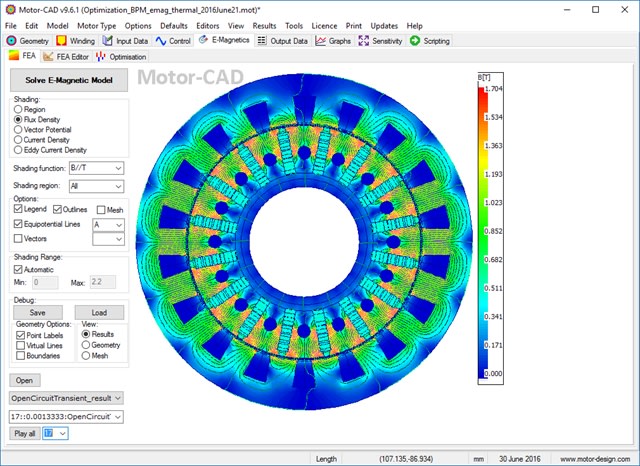Dwaipayan Sharma
Civil/Environmental
- Feb 10, 2021
- 7
Hello everyone,
I have been working on the load rating of Bridge that was constructed on 1959. It has the stringer and floor beam specified as 24WF and 30WF: nothing else. How can I get the actual size of these beams and their properties?
P.S. I went through the AISC database. It has 24WF followed by other specifications and footnote which are neither given in the bridge plan nor do I know.
Thanks!
I have been working on the load rating of Bridge that was constructed on 1959. It has the stringer and floor beam specified as 24WF and 30WF: nothing else. How can I get the actual size of these beams and their properties?
P.S. I went through the AISC database. It has 24WF followed by other specifications and footnote which are neither given in the bridge plan nor do I know.
Thanks!





![[tiphat] [tiphat] [tiphat]](/data/assets/smilies/tiphat.gif)